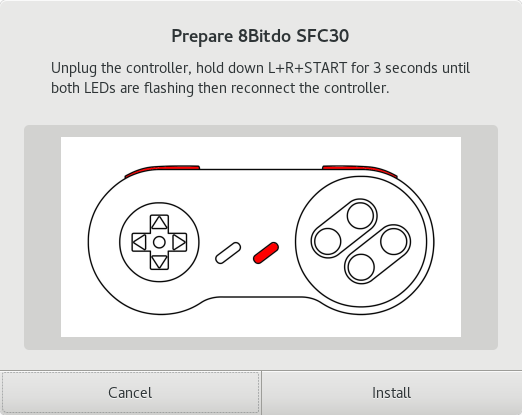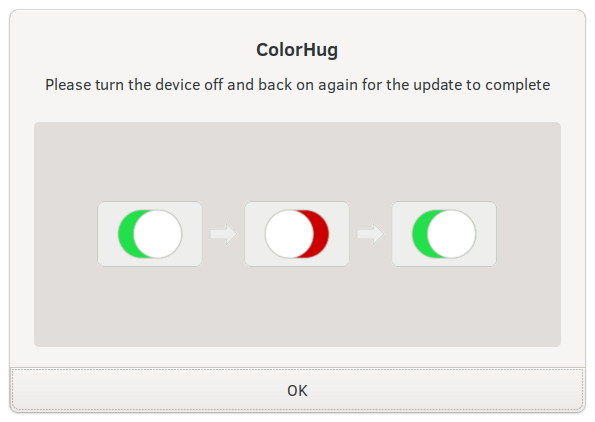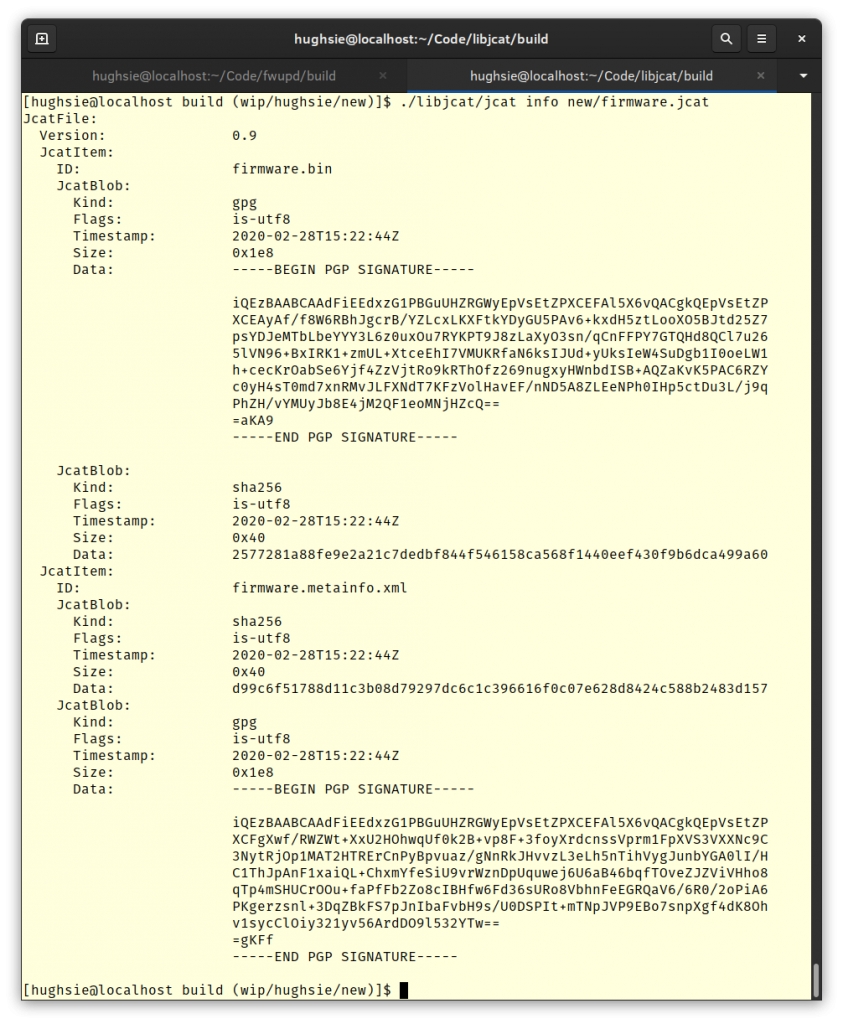Last week I spent 3 days training on how to detect UEFI firmware implants. The training was run by Alex Matrosov via Hardwear.io and was a comprehensive deep-dive into UEFI firmware internals so that we could hunt for known and unknown implants. I’d 100% recommend this kind of training, it was excelent. Although I understood the general concepts of the protection mechanisms like SMM, HP Sure Start and Intel BIOSGuard before doing the training, it was really good to understand how the technologies really worked, with real world examples of where hardware vendors were getting the implementation wrong – giving the bad guys full control of your hardware. The training was superb, and Alex used lots of hands-on lab sessions to avoid PowerPoint overload. My fellow students were a mixture of security professionals and employees from various government departments from all over the world. We talked, a lot.
My personal conclusion quite simply is that we’re failing as an industry. In the pursuit to reduce S3 resume time from 2s to 0.5s we introduce issues like the S3 bootscript vulnerability. With the goal to boot as quickly as possible, we only check the bare minimum certificate chain allowing additional malicious DXEs to be added to an image. OEMs are choosing inexpensive EC hardware from sketchy vendors that are acting as root of trust and also emulating hardware designed 30 years ago, whilst sharing the system SPI chip. By trying to re-use existing power management primitives like SMM as a security boundary the leaky abstractions fail us. Each layer in the security stack is assuming that the lower below it is implemented correctly, and so all it takes is one driver with SMM or CSME access to not check a memory address in a struct correctly and everything on top (e.g. BootGuard, ALSR, SELinux, etc) is broken. Coreboot isn’t the panacea here either as to get that to run you need to turn off various protections like BootGuard, and some techniques like Sure Start mean that Coreboot just isn’t a viable option. The industry seems invested into EDK2, for better or worse. This shouldn’t just be important to the few people just buying stuff from Purism – 10,000x laptops are being sold on Amazon for every laptop sold by vendors that care about this stuff.
Most of the easy-to-exploit issues are just bugs with IBV or ODM-provided code, some of which can be fixed with a firmware update. Worst still, if you allow your “assumed secure” laptop out of sight then all bets are off with security. About a quarter of people at the UEFI training had their “travel laptop” tampered with at some point – with screws missing after “customs inspections” or with tamper seals broken after leaving a laptop in a hotel room. You really don’t need to remove the screws to image a hard drive these days. But, lets back away from the state-sponsored attacker back to reality for a minute.
The brutal truth is that security costs money. Vendors have to choose between saving 10 cents on a bill-of-materials by sharing a SPI chip (so ~$10K over a single batch), or correctly implementing BIOSGuard. What I think the LVFS now needs to do is provide some easy-to-understand market information to people buying hardware. We already know a huge amount of information about the device from signed reports and from analyzing the firmware binaries. What we’re not doing very well is explaining it to the user in a way they can actually understand. I didn’t understand the nuances between BIOSGuard and BootGuard until a few days ago, and I’ve been doing this stuff for years.
What I propose we do is assign some core protections some weight, and then verify and document how each vendor is configuring each model. For instance, I might say that for my dads laptop any hardware “SEC1” and above is fine as he’s only using it for Facebook or YouTube and it needs to be inexpensive. For my personal laptop I would be happy to restrict my choice of models to anything SEC3 and above. If you’re working as a journalist under some corrupt government, or am a security researcher, only SEC4 and above would be suitable. The reality is that SEC4 is going to be several hundred dollars more expensive than some cheap imported no-name hardware that doesn’t even conform to SEC1.
Of course, we’ll need to expand the tests we do in fwupd to detect implementation errors, and to verify that the model that we’ve purchased does indeed match the SEC level advertised by the LVFS. I’m talking to a few different people on how to do this securely. What I do know is that it will involve a reboot to get some of the data that we can’t even get in kernel mode with SecureBoot turned on. The chipsec report gets us some of the way there, but it’s just too complicated for end users and won’t work with SB turned on.
My proposal would be as follows:
- SEC1: SecureBoot, BIOS_WE, BLE, SMM_BWP, and updates on the LVFS, with no existing detectable SMM issues (like ThinkPwn for example)
- SEC2: PRx set correctly, if not using BootGuard or BIOSGuard, with PCR0 attestation data
- SEC3: BootGuard enabled, with the EC controller requiring signed images
- SEC4: Intel BIOSGuard or HP SureStart
- SEC5: Hardware attestation like Apple T2 or Google Titan
SEC1 is a really low bar. Anything not unsetting BIOS_WE can be flashed at runtime trivially. If you’re traveling with a laptop for work you really ought to be specifying at least a SEC3 level of protection.
Of course, some vendors might not care at all about security for some models. A “gaming laptop” with a flashing RGB keyboard backlight is really designed for playing games as fast as possible, and the fact that the BIOS is unlocked might be a good thing as then the user can flash a custom unsigned BIOS with a CounterStrike-themed vendor image. I don’t think we ought to make vendors feel guilty about not even hitting SEC1. Perhaps we could let the consumer vote with their wallet and make the ecosystem more secure. I’m not sold on the SECx name either, it’s not very catchy. I suck at naming stuff. Comments welcome.





